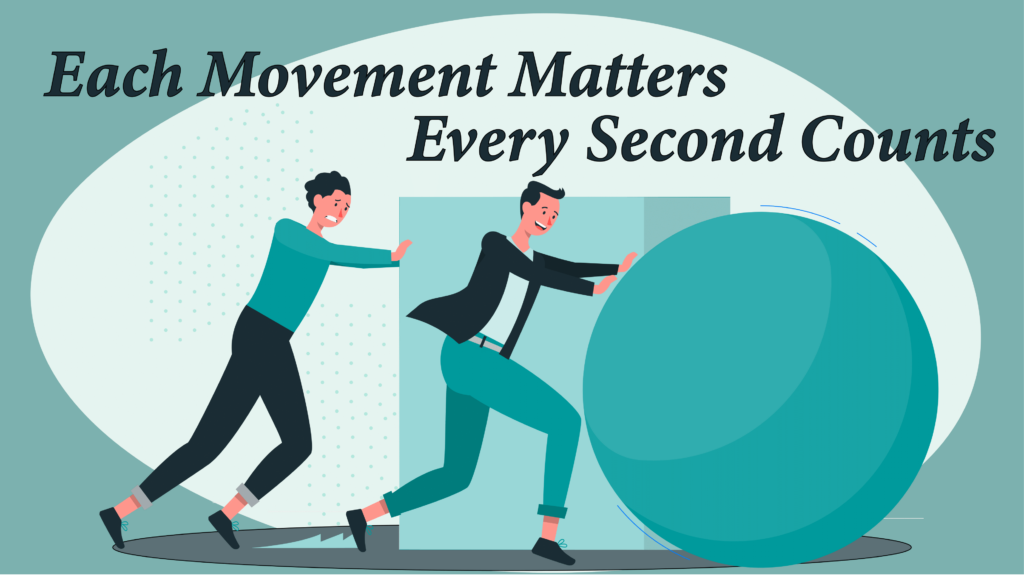Seemingly small reductions in the time it takes to complete a repetitive task (say, mopping floors) can translate to big results over time; successive ‘time-savings’ can have a significant impact on the overall productivity of your housekeeping staff.
For instance, if a housekeeper manages to reduce the time to clean a room by just two minutes, over a year, that translates to 5,200 minutes or 86.7 hours saved (assuming a five-day workweek and cleaning 10 rooms daily).
This equates to more than 10 full working days saved, simply by cutting two minutes off a housekeeper’s room cleaning time.
Given the ongoing labor shortages and high turnover in the hospitality industry, hoteliers are constantly on the lookout for ways to optimize their housekeeping operations
One such method–time and motion study–can help evaluate and improve the housekeeping process and reduce housekeeping department costs.
Understanding Housekeeping Time and Motion Studies
A time study involves observing a repetitive task and capturing detailed data on its performance and duration. During the study, multiple workers performing identical tasks are systematically observed to calculate the average task completion time.
A time and motion study goes a step further; it also records workers’ movements and the distances they travel during each task. This method helps identify inefficiencies and provides a comprehensive view of the task performance.
While common in the manufacturing sector due to predictable and repetitive work, time and motion studies are also suitable for housekeeping because housekeepers perform the same tasks daily in a predictable pattern.
How Time and Motion Studies Can Help Streamline Housekeeping Operations?
#1. Identify Training Opportunities
Housekeeping time and motion studies can highlight inconsistencies in housekeepers’ task performance. Housekeeping managers can rely on data to pinpoint areas where a worker needs more training.
#2. Reduce Workplace Injuries
According to a report published by the American Journal of Medicine, hotel employees are at a higher risk of occupational injuries than workers in most other service sectors.
Due to the nature of the work they engage in daily, housekeepers are at a higher risk of developing musculoskeletal injuries.
A time and motion study can reveal specific movements or activities that can result in such injuries due to a single event (e.g., slip, trip, or fall) or repeated exposure over weeks, months, or years. Hotels can thus examine their housekeeping procedures and make necessary changes to ensure the safety of workers.
#3. Data-Driven Housekeeping
Time and motion studies can identify the most time-consuming tasks in a housekeeper’s day.
For example, if the housekeeping time and motion study for your property reveals that making the bed occupies nearly 25% of housekeepers’ time, double that of the next most time-consuming task, the manager can prioritize faster bed-making techniques.
#4. Improve Guest Experience
Hotels can make data-driven decisions to streamline and standardize various housekeeping procedures like bed-making, mopping floors, dusting, restocking bed linens, etc. Managers can rely on data to optimize staffing levels, resource allocation, and housekeeping schedules. Housekeepers are thus able to maintain greater cleanliness consistency and ensure that rooms are ready on time.


